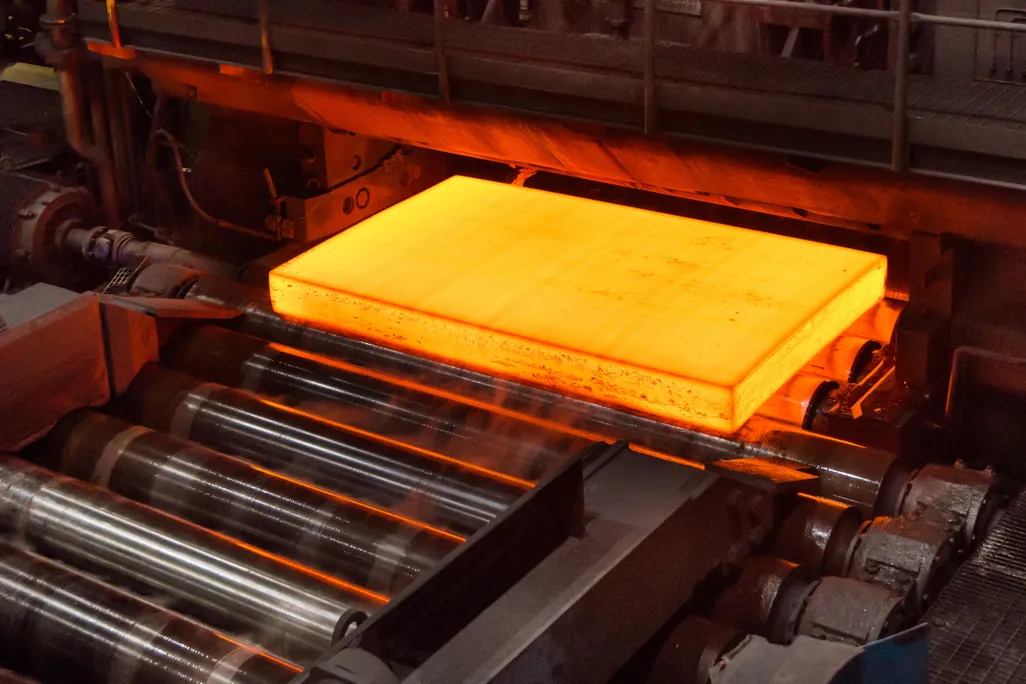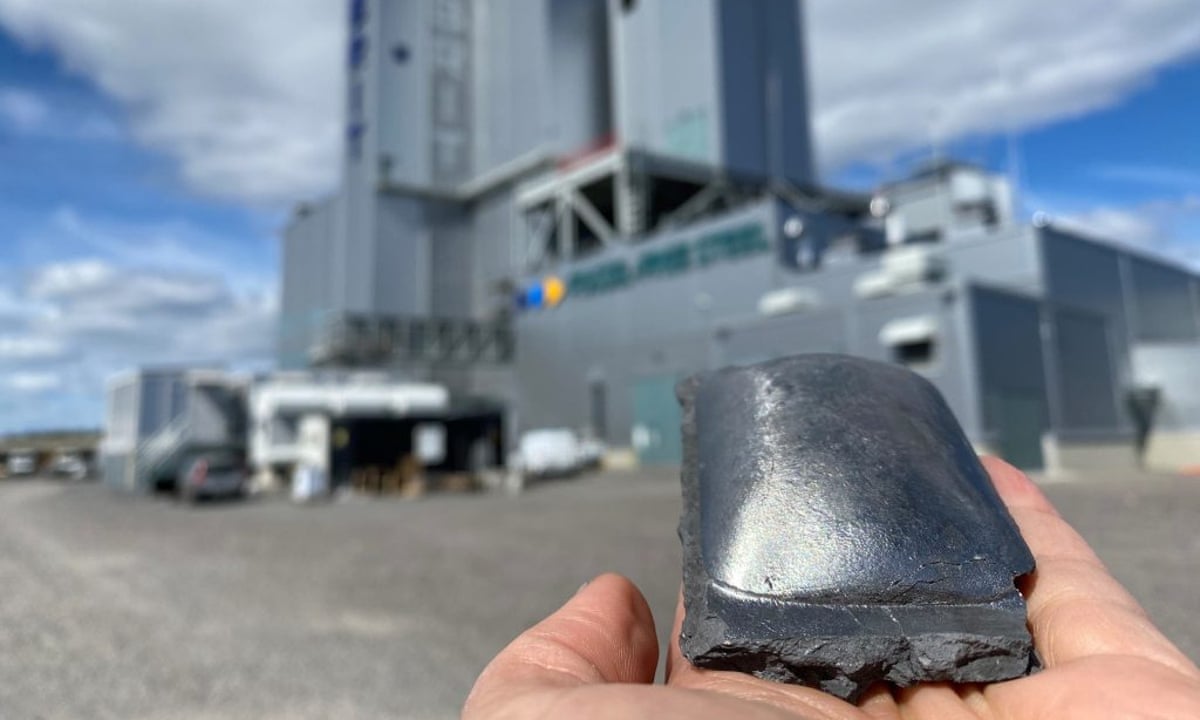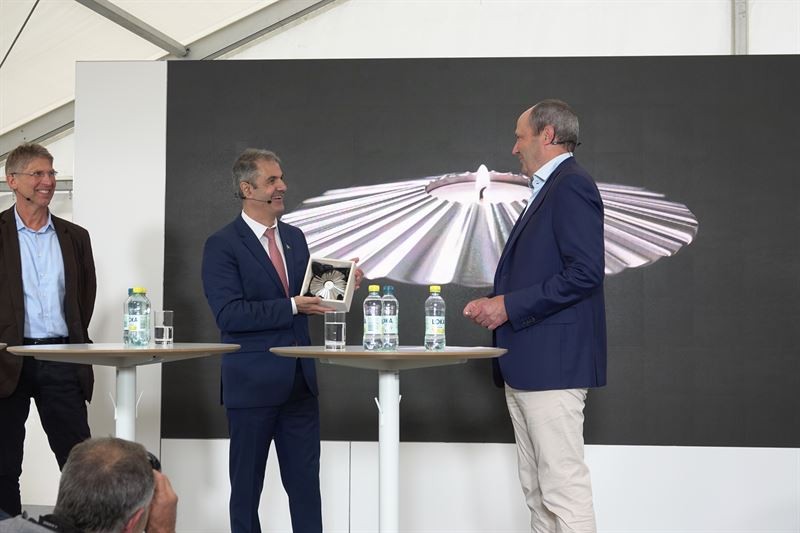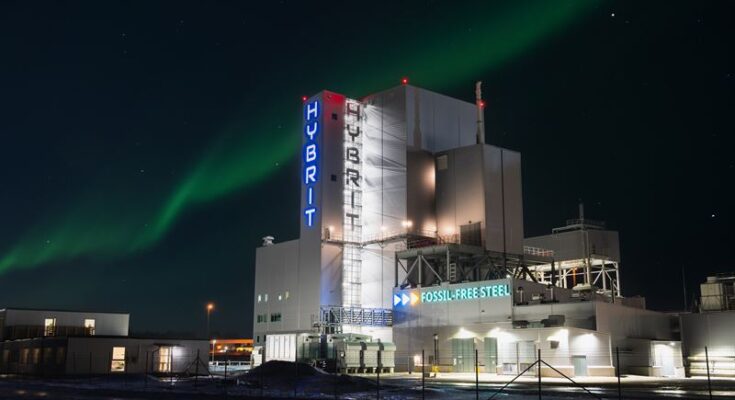Steel is the backbone of modern civilization. It’s in our cars, skyscrapers, bridges, tools, appliances, and so much more. But behind its strength and utility lies a troubling truth: steel production is one of the world’s dirtiest industries, responsible for nearly 7–8% of global CO₂ emissions. For decades, reducing steel’s carbon footprint seemed nearly impossible. Now, Sweden has changed the game—and potentially the future of global manufacturing.

In a groundbreaking achievement, Sweden has produced the world’s first fossil-free steel, using no coal or fossil fuels in the process. This isn’t just a scientific experiment—it’s an industrial milestone with enormous environmental implications.
The HYBRIT Project: Pioneering Green Steel

The breakthrough comes from a Swedish initiative called HYBRIT (Hydrogen Breakthrough Ironmaking Technology), a joint venture between three major players: SSAB (a steelmaker), LKAB (an iron ore mining company), and Vattenfall (a state-owned energy company). These companies joined forces with a bold vision: to replace traditional, coal-powered blast furnaces with a new, clean process that uses green hydrogen.

In traditional steelmaking, coal is used to extract oxygen from iron ore, a chemical reaction that releases massive amounts of carbon dioxide. HYBRIT’s method instead uses green hydrogen—hydrogen produced using renewable electricity and water. When green hydrogen strips oxygen from iron ore, the only byproduct is water vapor, not CO₂.
From Pilot to Production

This innovative technology is already past the proof-of-concept phase. HYBRIT’s pilot plant in Luleå, northern Sweden, successfully produced the first batch of fossil-free steel in 2021. That steel was delivered to Volvo Group, which plans to use it in manufacturing electric vehicles—a perfect match for the company’s goal to make its production carbon neutral.

Volvo has already unveiled the world’s first vehicle prototype made with fossil-free steel, showing that this isn’t some distant dream—it’s happening now. In the coming years, HYBRIT aims to ramp up to full-scale industrial production by 2026, with the goal of completely replacing SSAB’s traditional blast furnace steel production and eliminating 10 million tons of CO₂ emissions per year—about 10% of Sweden’s total emissions.
Global Impact: A Turning Point for Heavy Industry
The implications of this breakthrough go far beyond Sweden’s borders. If this model is adopted globally, it could transform one of the most carbon-intensive sectors into one of the greenest. According to estimates, if the global steel industry transitioned to fossil-free methods like HYBRIT’s, it could eliminate over 2 billion tons of CO₂ emissions per year—a monumental step toward global climate targets.
Moreover, this development demonstrates that even the hardest-to-decarbonize industries can change when innovation, investment, and political will align. It challenges the notion that environmental sustainability and industrial growth are mutually exclusive.
Economic and Environmental Synergy
The fossil-free steel initiative also supports Sweden’s national goal to achieve net-zero emissions by 2045. It aligns with the European Union’s Green Deal and shows how environmental innovation can create economic opportunity, generate green jobs, and strengthen a nation’s global leadership in clean technology.
Producing fossil-free steel isn’t just about reducing emissions—it’s about rebuilding entire supply chains to be more resilient, ethical, and sustainable. From mining to manufacturing, every step of the process is being reimagined.
Looking Ahead
Challenges remain, especially in scaling up production and ensuring that green hydrogen is affordable and accessible at a global level. But the momentum is building. With countries like Germany, Japan, and the U.S. now investing in green steel R&D, the path that Sweden has charted could soon become a global standard.
In a world increasingly defined by climate urgency, Sweden’s fossil-free steel is more than a technical achievement—it’s a symbol of what’s possible when innovation meets purpose. It proves that industry doesn’t have to pollute to prosper—and that a clean, green future isn’t just desirable, but achievable.



